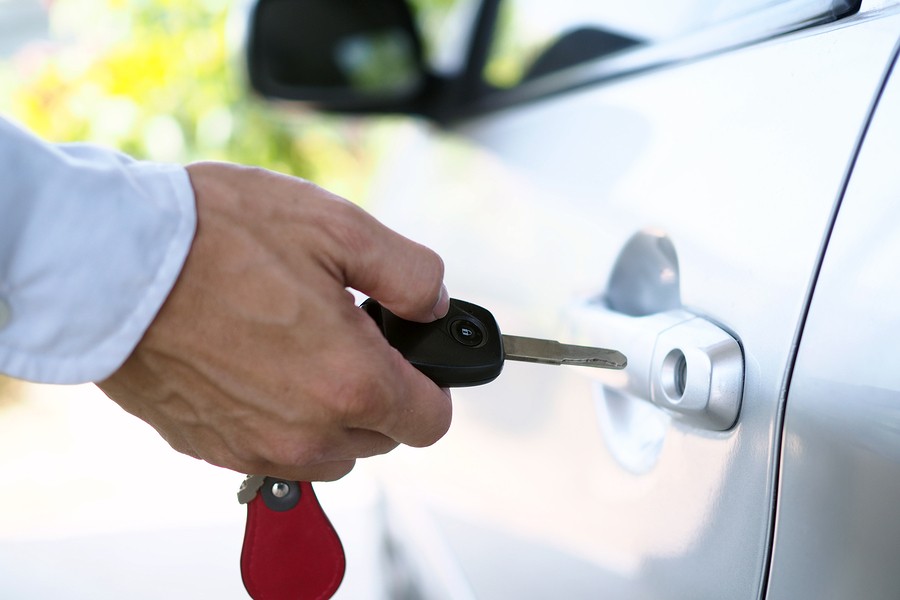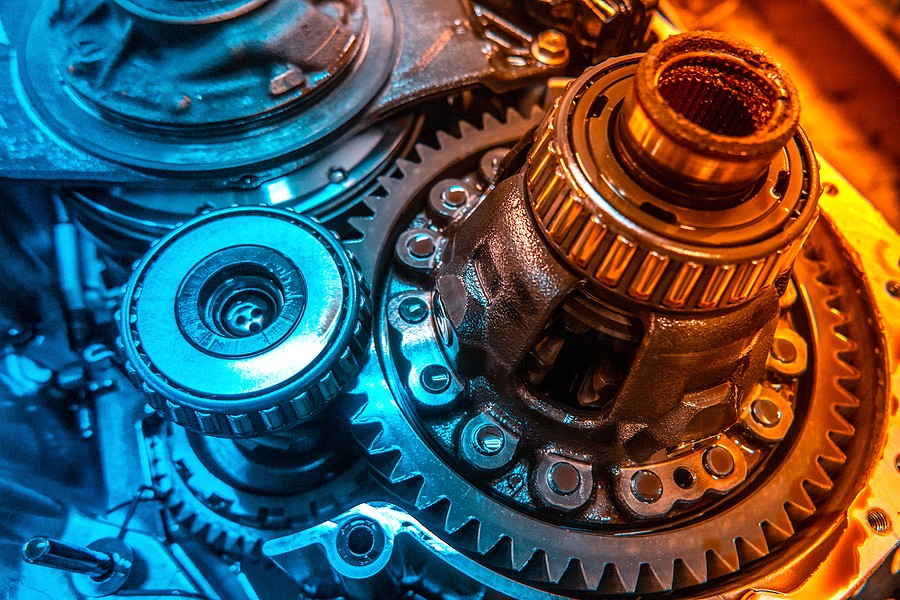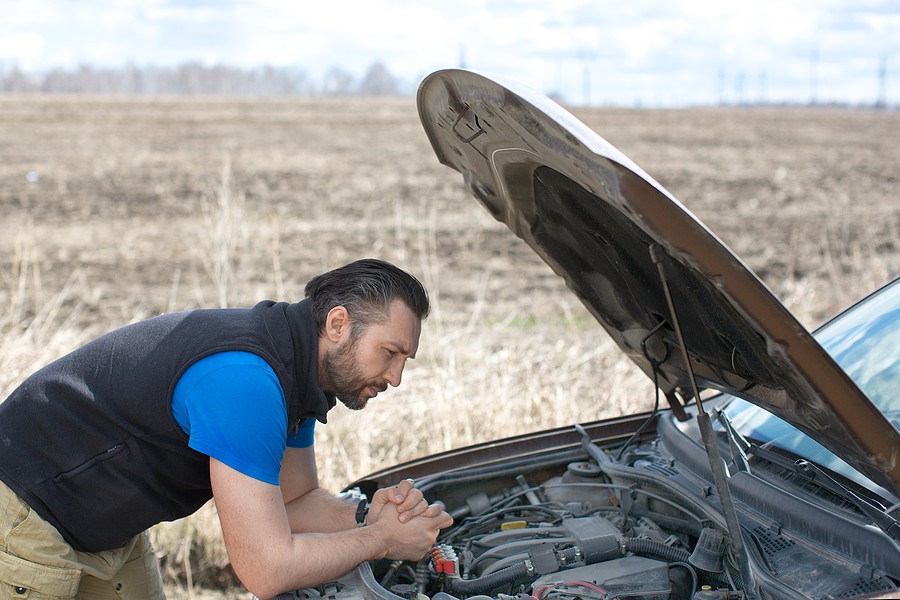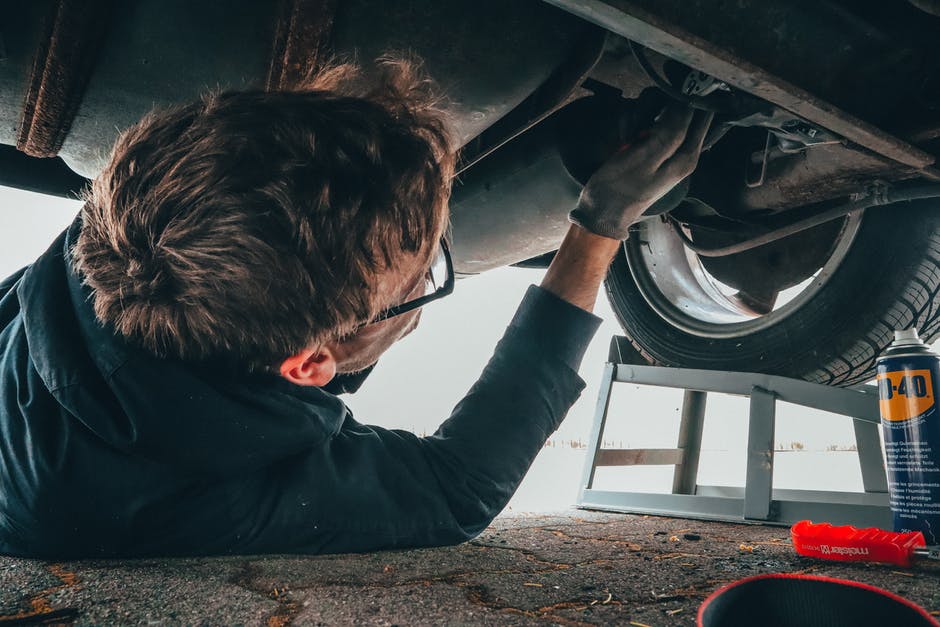Let’s face it — Automobiles are a lousy investment. For one thing, they depreciate in value from the moment you buy one. Then, of course, there are all the costs of running and repairing them. Indeed, the average car requires $400 of work every year. The heavy costs involved in fixing mechanical problems leave many car owners wondering one thing: Why are cars so expensive to repair?!
Alas, automotive faults and failings are all too common. Worse still, even seemingly minor defects can cost an arm and a leg to repair- don’t even get us started on the major issues that arise!
As it happens, there are numerous reasons behind the price tag for repairs. Some are understandable while others are a bit more questionable. We’d like to shed some light on them in the following article.
Want to understand why those mechanical malfunctions cost so much to fix?
Keep reading!

1. Patented Parts
One reason for the expense is the practice of patenting car parts.
By doing so, car manufacturers were able to create something of a monopoly on part production.
Imagine having a minor collision and needing a new grille, fender, or head gasket.
Well, the patent protection means you’d be obliged to pay for an original OEM part instead of an aftermarket version. This lumps the price tag up considerably! For certain cars and particular parts, it can lead to hundreds of extra dollars added to the invoice.
Thankfully, your insurance should cover it anyway. Yet you’ll still feel the financial pinch via the spiked insurance premiums you’re forced to pay.

2. Automotive Overheads
You might think that your car repair costs are steep.
And they often are! However, running an automotive shop (especially a good one) isn’t cheap either.
Think of all the tools, equipment, rent, utility expenses and salaries to cover. There’s the safety equipment, miscellaneous supplies (such as lubricants and solvents required), floor jacks and high-tech diagnostic gear to supply as well.
All told, auto-repair stores can be incredibly expensive to operate.
The owners are forced to up their prices in order to be financially viable as a business. For the sake of making a profit, they’ll charge a premium on parts and repairs.
You could, in theory, find the parts and make the repairs yourself and spend far less. Of course, most of us lack the time, inclination or insight to do a decent job.
By soliciting the help of a mechanic, you pay for the convenience of having everything done for you.

3. The Cost of Labor
Labor costs are a big deal too.
Check your latest invoice for mechanical work.
You’ll probably see two rates applied to the job: the book hours and the shop rates. These book hours are the average length of time (according to a guide) it’d take to complete a certain piece of mechanical work.
The technician tasked with the job might be able to do it in less time. However, they’re well within their rights to charge by the book hours anyway. That might feel cheeky to the average car owner, but it’s just the way of the automotive world!
Of course, technicians with more skill and experience charge more too. It’s like a neurosurgeon; their skills are in high demand, which means they earn enormous salaries every year.
4. The Cost of Quality Technicians
Like any business, automotive shops need to remain competitive in their market.
There might be a half dozen other mechanics working in the area. To stay open for business, they have to stand out from the crowd and offer a quality service from start to finish.
Hiring first-class techs is a good way to do it. With quality personnel in their teams, they can ensure their customers will walk (drive) away happy.
But attracting quality technicians isn’t cheap either. The more skilled and experienced they are, the more money they’ll expect to be paid. Shop owners have to rise to that challenge and even pay for alluring additions, such as health insurance and so on.
The downside for the customer is that the cost of labor tends to go up accordingly. To turn a profit they have to recoup the difference.

5. Fancier Cars
Think about the extent of change in the automotive world over the last century.
Cars of old are unrecognizable by today’s standards! Everything from the design to the technical capabilities is vastly different. Technology has developed at an amazing rate, putting high-tech modern vehicles that are faster, safer and more intelligent than ever before on the roads.
Fancy additions, such as cameras, interactive cruise control and parking assist make the driver’s life far easier. Yet they drive the cost of repairs up like nothing else too.
Heck, self-driving cars are just around the corner! In years to come we’ll literally be sat as passengers in a car that’s driving itself. Technicians, materials and parts are all set to increase in price.
An analogy can be made between the mobile phones of old and new. Back in the day, that old Nokia 3310 might have cost 50 bucks, brand new. Compare that to the latest cutting edge smartphone, which people happily spend thousands of dollars on.
It’s the same deal with cars. The technology has come on leaps and bounds, but it costs more too.
Why Are Cars So Expensive to Repair?
Anyone who’s been to the mechanic recently is likely to have asked themselves this question.
You’re handed the invoice, see the figure and wonder: ‘why are cars so expensive to repair?’
On top of rates of depreciation, petrol costs and so on, you start to wonder why you bought the vehicle in the first place! It can start to feel like a financial liability.
As we’ve seen, though, there are numerous reasons for the high price of repairs. Hopefully, in learning more about them you can justify the expense a bit better.
Can’t afford the repairs you’ve been quoted? Thinking about selling the car instead? We can help. Contact us today to find out more.




